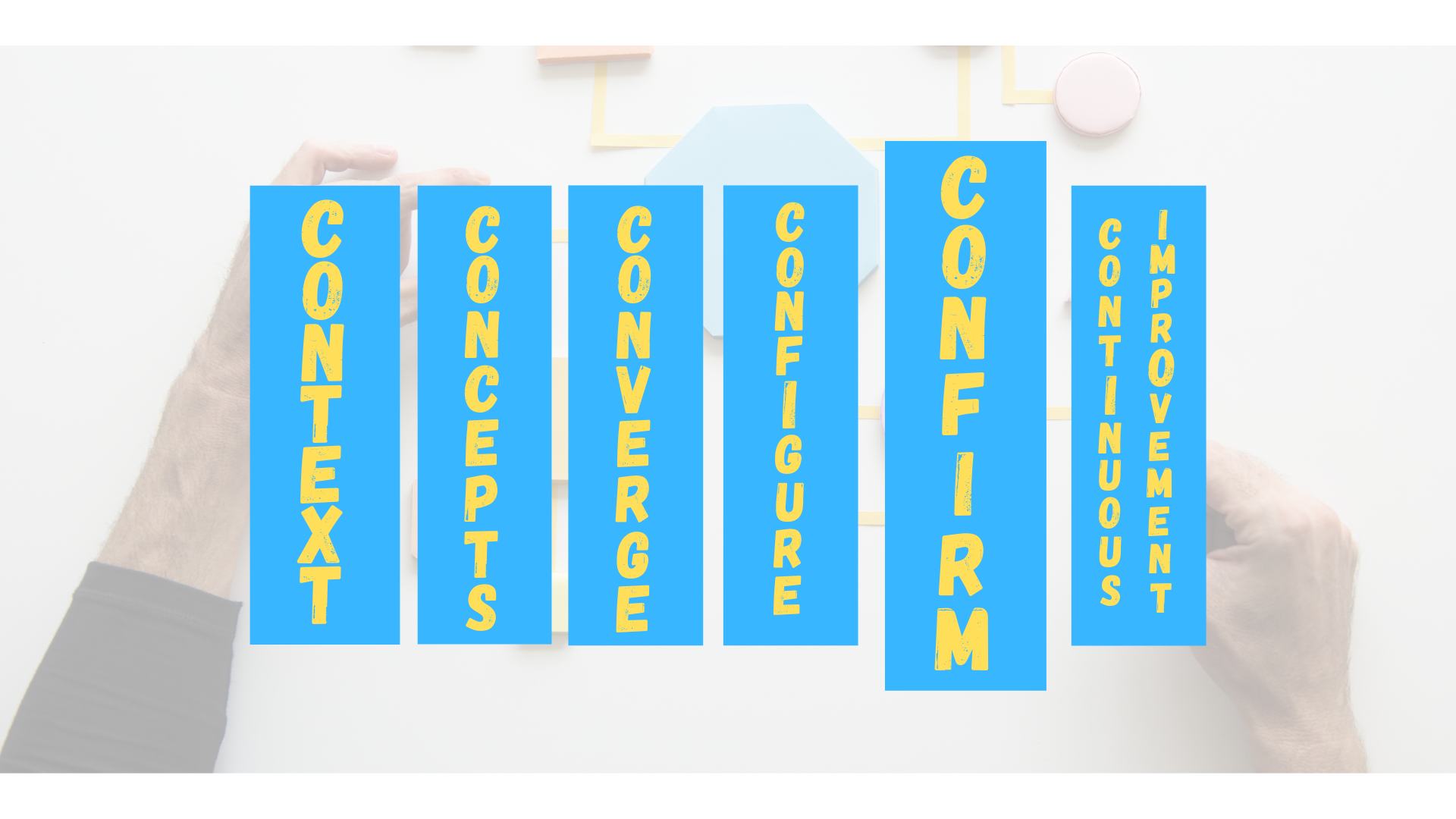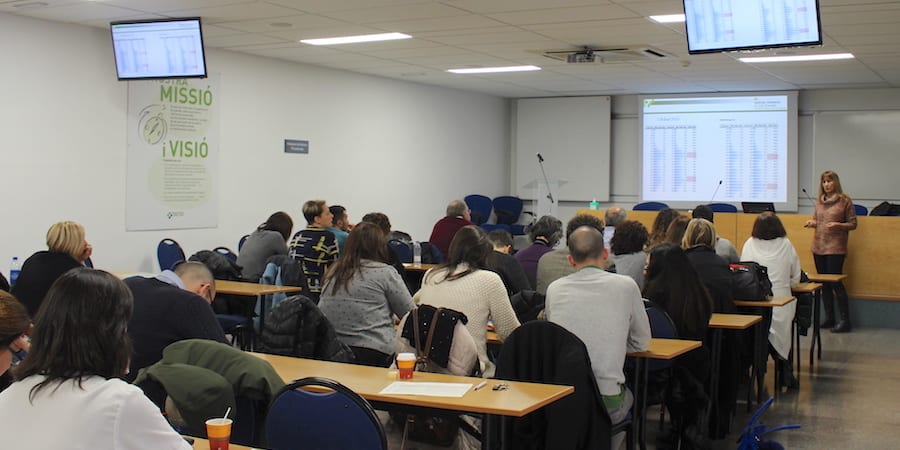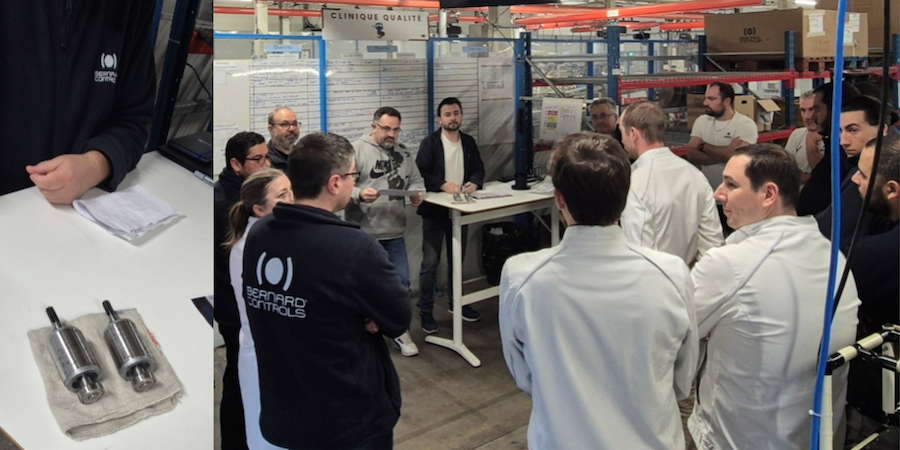
Lean IT should take center stage in a digital turnaround
COLUMN – Digitalization is now on the agenda of executive teams and is encouraging organizations to review their business models. But how does IT fit into the picture? What is its role? How can lean help?
Words: Sari Torkkola, Chief Information Officer, Patria
Information technology research company Gartner calls IT “bimodal.” In other words, it divides IT delivery into two categories: one type of IT is conventional, slow and its main purpose is to support current operations, while the other type is disruptive, agile and focused on finding new digital business.
Some Digital Era enthusiasts wrongly consider lean an approach that is solely dedicated to efficiency and quickly dismiss it as something rather old-fashioned that is only relevant to conventional IT (the first mode, if we are to use Gartner’s categorization).
In my mind, this view is far too limited and betrays a lack of understanding of how modern management has evolved. One of the first management consultants, Frederick W. Taylor, firmly believed that an effective enterprise could be created by breaking a job down into separate tasks and identifying the one best way to perform each of those.
Specialized functions as we know them today (and IT is certainly one of them) are a result of this type of management thinking. However, digitalization is proliferating, and information can now be shared more and more quickly (often in a matter of seconds), which makes the business environment more complex than ever.
As a result, the once-powerful command-and-control approaches to doing business are starting to crumble. What has become stronger, instead, is the idea that lean thinking is more useful in a digital business transformation than traditional management principles, thanks to concepts like systems awareness and learning organization and its focus on statistical data analysis and transparent information sharing (which bring Toyota’s jidoka principle to mind).
As General Stanley McChrystal says in Team of Teams: New Rules of Engagement for a Complex World:
“Efficiency remains important, but the ability to adapt to complexity and continual change has become an imperative.”
That’s why lean is the ideal methodology to ensure IT plays the role it deserves in a digital transformation. And this applies to both “modes” of IT: for legacy, conventional systems lean can improve efficiency, speed, cost levels and stability, while for new digital efforts it can enable experimental learning, transformation capabilities, cooperation and unlock business opportunities.
LEARNING CHALLENGE
Today, organizations face the pressing challenge of having to discover new paths to innovation and find new IT-based business opportunities (I am thinking of game-changing businesses like Uber).
In order to turn groundbreaking, disruptive ideas into successful business ventures, you need to seamlessly integrate the IT function with the rest of your organization and ensure that the two cooperate. And that’s not even enough: you also need to get your potential customer involved.
In designing digital services, PDCA is the name of the game: it’s how we can test business ideas with customers and learn to fail quickly and cheaply (the iterative nature of improvement and learning that characterizes today’s digital transformations reduces the risk inherent to making an investment) when the ideas don’t fulfil their promise.
HOW TO TRANSFORM SILOS INTO SHARED AWARENESS
The strength of conventional IT lies in the fact that they know all the steps and parts of the system, which is critical to any lean transformation.
The overall purpose of such transformation is to create end-to-end flow that crosses silos. In today’s organizations the product that flows is not physical, however: it is information (which, for example, gets transferred and manipulated in applications or stored in databases).
IT has all the necessary knowledge to help to simplify this flow, collect data on cycle times, and reveal the otherwise invisible digital work-in-process.
It is your responsibility as a leader to ensure there is a widespread understanding of the flow of information and the purpose of the whole organization. To this end, I find that physical and digital obeya rooms are crucial to provide transparent information and to make decentralized decision-making possible. Somehow paradoxically, post-it notes, white boards and daily meetings are still more efficient in creating common awareness and a culture of collaboration than strictly defined role descriptions, organization charts or data-sharing applications.
It’s very likely that your IT department already uses popular methods like scrum, agile, devops or kanban, which means there are already people in there who are familiar with the concepts of flow, work-in-process reduction and visualization. I am sure IT will be happy to share its insight into the business’ current challenges – and you should listen!
Lean thinking is a strong foundation for your digitalization efforts. It can and should be used as a disruptive strategy to transform IT, not in terms of technology (that’s already available) but in terms of management mindset.
THE AUTHOR

Sari Torkkola has been CIO of the Finnish defense and aerospace company Patria since 2006. During the past 3 years, the systematical application of Lean principles has transformed her from a manager into a leader and her team from a bunch of stressed individuals to an example of operational excellence working with joy. She currently shares her Lean insights in public and private seminars and writes in the TOP100 CIO blog in Finland.
Read more


SERIES – The authors discuss the fifth of six elements in their 6CON process development model – CONfirm – leveraging a robust launch readiness approach to finalize the process while ensuring it meets the targets set in the business plan.


FEATURE – By bringing organizations together to regularly share updates on their lean journeys, Instituto Lean Management has managed to create a flourishing lean healthcare community in Catalunya. But hospitals aren't the only ones benefitting.


CASE STUDY – Lean Thinking helped Bernard Controls Europe improve efficiency, reduce lead times, and enhance quality, fostering resilience in the post-pandemic industrial landscape.


FEATURE – The pandemic has brought back into the spotlight the common misconception that Just-in-Time causes disruption when spikes in demand occur. Torbjørn Netland debunks the myth.

